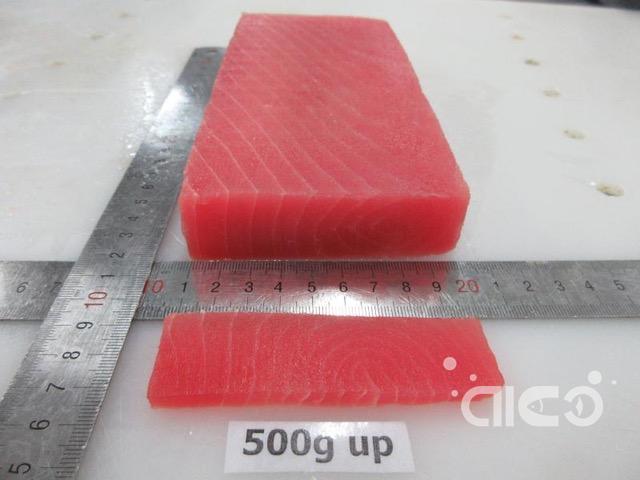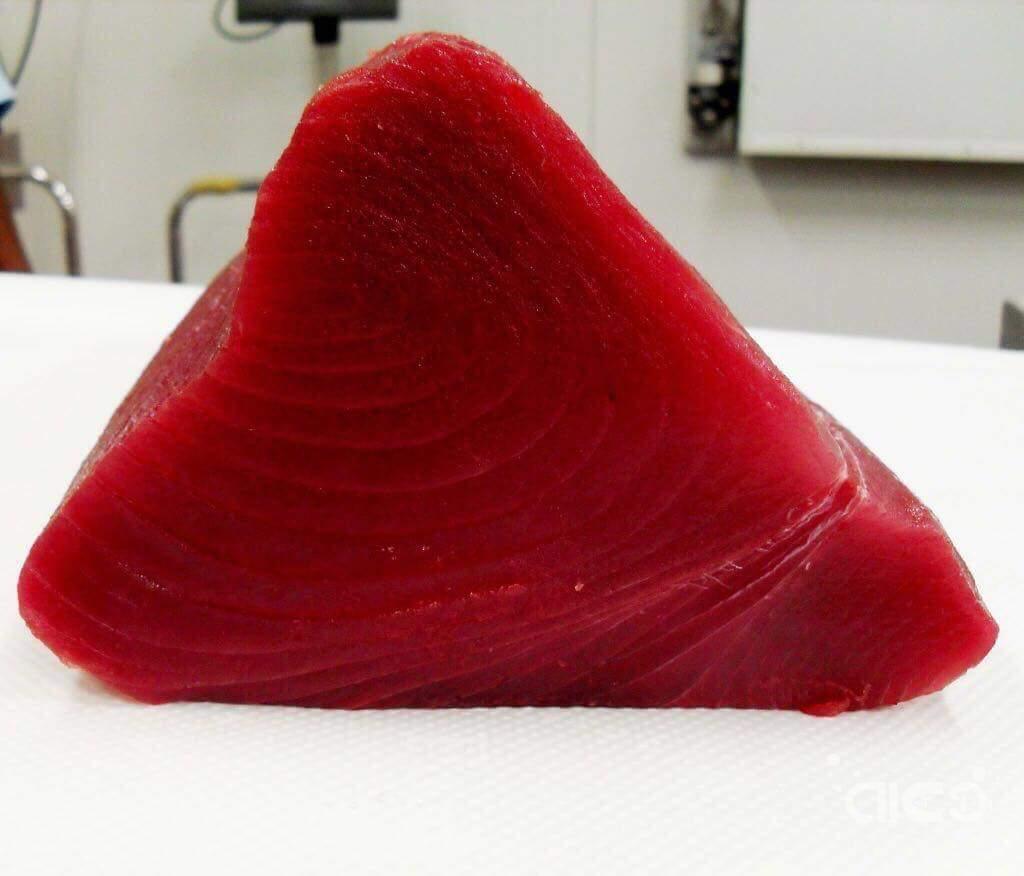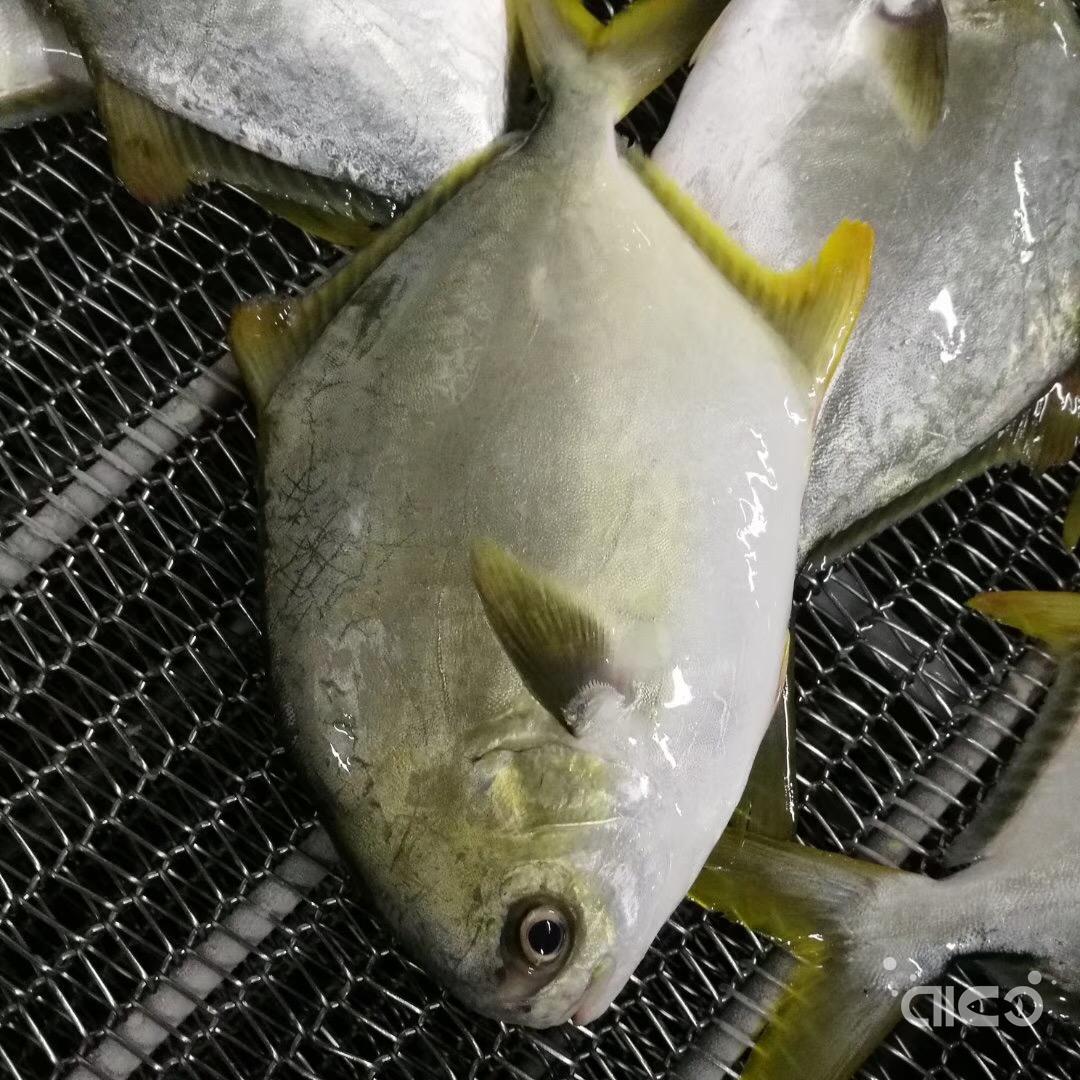FAO: Global consumption of tuna may remain low in 2024!
Tuna (skipjack tuna) feedstock prices have fallen for four consecutive months, but may not be able to drive global demand growth in the near term.
In December 2023, prices in Bangkok, Thailand, fell to $1,500 per ton and in Manta, Ecuador, to $1,600-1,650 per ton. A new report from the Food and Agriculture Organization of the United Nations (FAO) noted that the benefits of lower raw material prices for global end products and consumers may not be reflected until the end of 2024, and that demand for canned tuna may not show significant improvement.

The report said that the Western Central Pacific ended its FAD (fishing aggregating device) closure at the end of September and production increased; the situation was similar in the Eastern Pacific, where 60% of fishing vessels did not choose to fish during the second closure period (Nov. 9), the report said.
Since September, the pattern of supply and demand in the tuna fishing producing areas has changed, especially in the Pacific where overall catches (including skipjack and yellowfin tuna) are better than the previous year; fishing conditions in the Indian and Atlantic Oceans remain average.
FAO noted that global consumer market demand for prepared and canned tuna remained weak in 2023, and total international trade declined, with exports falling in some countries and increasing in others. Raw skipjack tuna prices ended the first nine months of the year at high levels and began to fall after September/October; Spanish cannery prices were higher than those of Pacific countries because of poor Atlantic production in the Indian Ocean.

In addition, the non-canned tuna market has been very weak this year due to factors such as high inflation in the global economy, increased cost of living for the population, and reduced disposable income for consumers. Demand in large markets such as Japan, the United States and the European Union declined, while demand in emerging markets such as South Korea, China, Thailand, Malaysia and Singapore was relatively stable.
In April and May, Japanese consumer demand for tuna sashimi picked up slightly, and imports of chilled tuna improved slightly in the first half of the year, while imports of high-value frozen bluefin and halibut tuna declined. Trade in non-canned tuna in the United States remained subdued, but demand for higher-value sashimi grade products in this market remained firm.
In Europe, demand for non-canned tuna showed sporadic growth during the summer months, with Spain, Italy and France the largest markets, but imports of airfreighted chilled tuna declined. In Asia-Pacific, the Japanese food industry supported modest growth in imports of high-value tuna products, particularly in China and South Korea.
Demand for non-canned tuna products shows seasonal variations.FAO expects the cold winter weather to drive increased consumption of tuna products in the Japanese food industry, with peaks occurring around the New Year's Day holiday and the Lunar New Year.





